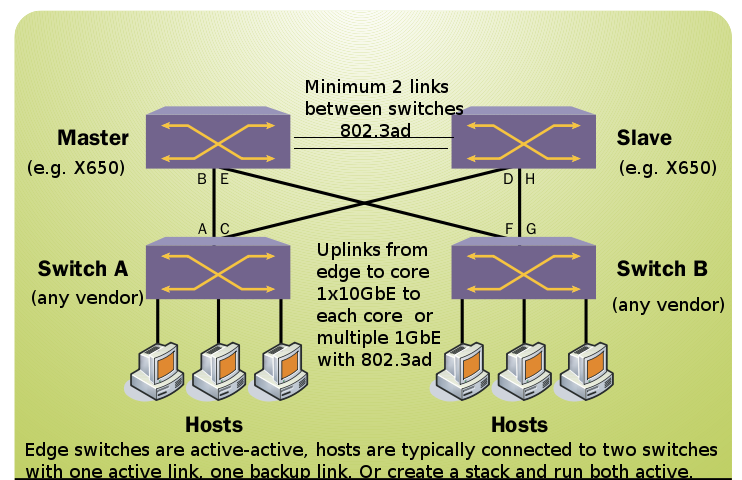This product isn’t that new but haven’t seen many people talk about it, I first came across it a few weeks ago certainly looked very innovative.
I don’t know who started doing I/O virtualization first, maybe it was someone like Xsigo, or maybe it was HP with their VirtualConnect or maybe it was someone else, but the space has heated up in the past couple of years.
Neterion, a name that sounds familiar but I can’t quite place it… a company by the name of Exar may of bought them or something. But anyways there is this interesting virtualized NIC that they have – the X3120 V-NIC looks pretty cool –
Neterion’s family of 10 Gigabit Ethernet adapters offer a unique multi-channel device model. Depending upon the product, a total of between eight and seventeen fully independent, hardware-based transmit and receive paths are available; each path may be prioritized for true Quality-of-Service support.
I/O Virtualization Support
- Special “multi-function PCI device” mode brings true IOV to any industry-standard server. In multi-function mode, up to 8 physical functions are available (more in ARI-capable systems). Each physical function appears to the system as an independent Ethernet card
- Unique, hardware-based multi-channel architecture mitigates head-of-line blocking and allows direct data transfer between hardware channels and host-based Virtual Machines without hypervisor intervention (greatly reducing CPU workload)
- VMware® NetQueue support
- Dedicated per-VF statistics and interrupts
- Support for function-level reset (FLR)
- Fully integrated Layer 2 switching function
I removed some bullet points of things to shorten the entry a bit and those things I wasn’t exactly sure what they did anyways! Anyone know what ARI means above?
Never used the product, but it is very nice to see such a product in the market place, to get Virtual Connect “like” functionality (at least as far as the virtual NICs go, I know theres a lot of other advantages to VC) in your regular rack mount systems from any vendor and at least potentially connect to any 10GbE switch, as far as I can tell there’s no special requirements for a specific type of switch.
